After Elon Musk said SpaceX would rescue the “stranded” Starliner astronauts, NASA moved their return date up by two weeks — a slight adjustment to a plan that had already been in place for months.
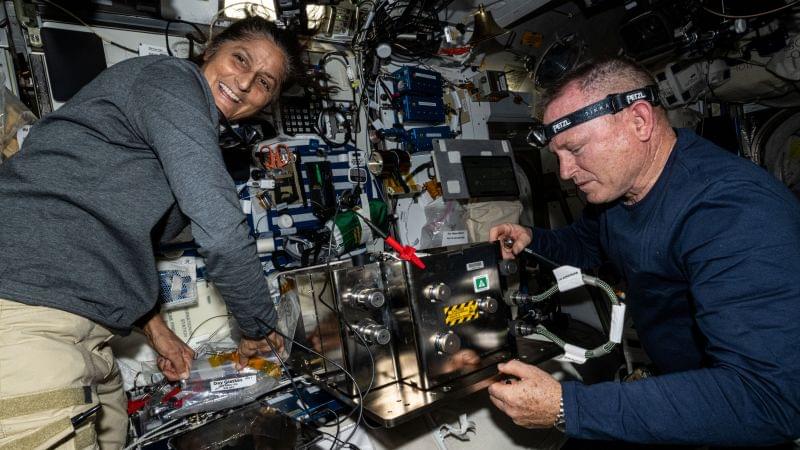

Scientists have developed a revolutionary catalyst that not only converts CO2 into valuable products but actually increases in activity over time.
Made from tin microparticles on a nanotextured carbon structure, this innovative electrocatalyst efficiently produces formate—a key compound for various industries. Unlike conventional catalysts that degrade, this one self-optimizes by breaking down into smaller tin nanoparticles, dramatically improving performance.
Breakthrough Catalyst for CO2 Conversion.
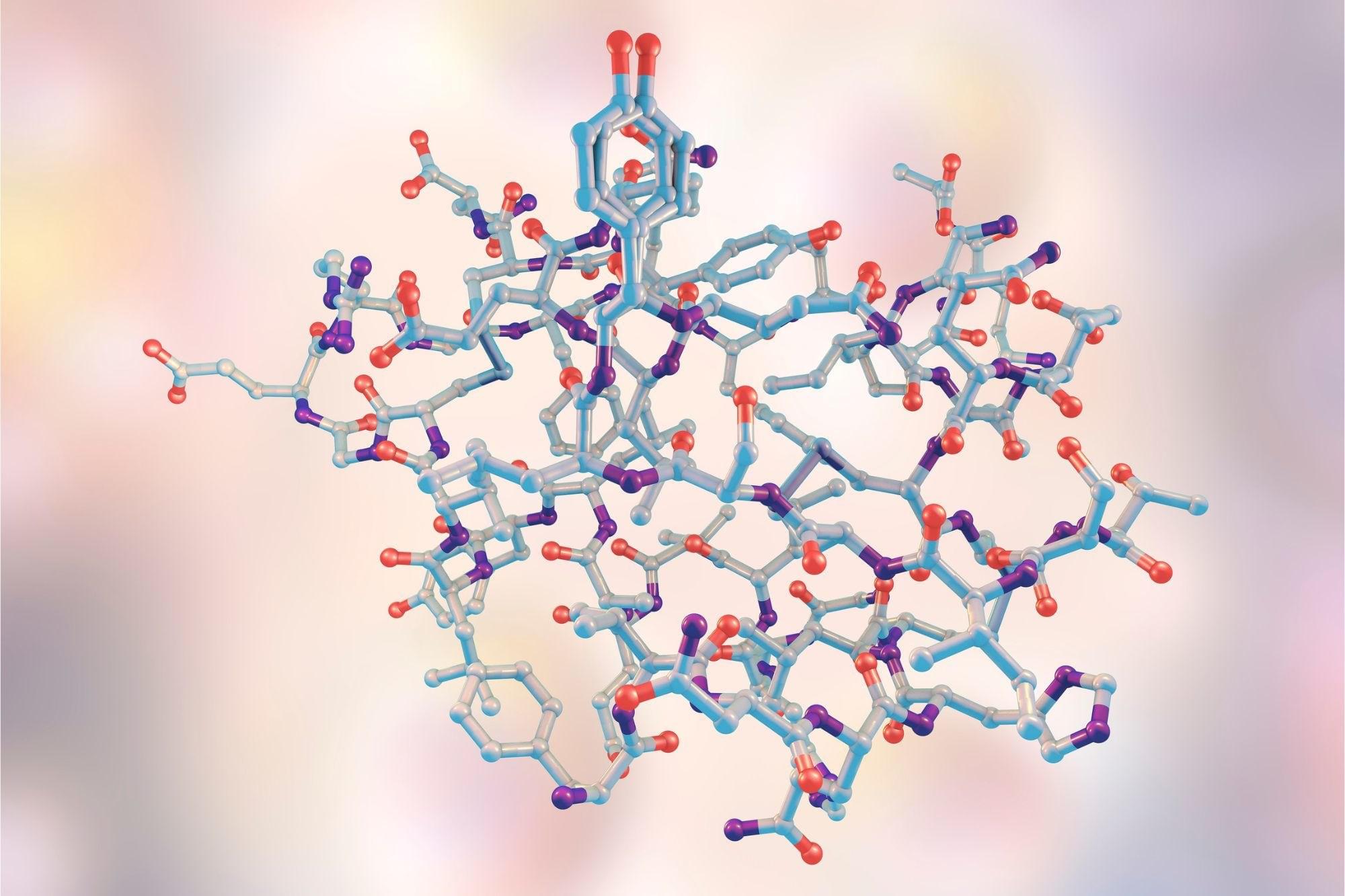
Insulin is a key hormone that regulates metabolism in many living organisms. When food is abundant, insulin.
Insulin is a hormone produced by the pancreas, crucial for regulating blood glucose levels. It helps cells in the body absorb glucose from the bloodstream and convert it into energy or store it for future use. Insulin production and action are essential for maintaining stable blood sugar levels. In people with diabetes, the body either does not produce enough insulin (Type 1 diabetes) or cannot effectively use the insulin it does produce (Type 2 diabetes), leading to elevated levels of glucose in the blood. This can cause various health complications over time, including heart disease, kidney damage, and nerve dysfunction. Insulin therapy, where insulin is administered through injections or an insulin pump, is a common treatment for managing diabetes, particularly Type 1. The discovery of insulin in 1921 by Frederick Banting and Charles Best was a landmark in medical science, transforming diabetes from a fatal disease to a manageable condition.

Using the latest brain preservation techniques, could we ever abolish death? And if so, should we?
Watch the Q&A here (exclusively for our Science Supporters): https://youtu.be/iSIIDJS2a2U
Buy Ariel’s book here: https://geni.us/xvi1Ivf.
This lecture was recorded at the Ri on 2 December 2024.
Just as surgeons once believed pain was good for their patients, some argue today that death brings meaning to life. But given humans rarely live beyond a century – even while certain whales can thrive for over two hundred years – it’s hard not to see our biological limits as profoundly unfair.
Yet, with ever-advancing science, will the ends of our lives always loom so close? For from ventilators to brain implants, modern medicine has been blurring what it means to die. In a lucid synthesis of current neuroscientific thinking, Ariel Zeleznikow-Johnston explains that death is no longer the loss of heartbeat or breath, but of personal identity – that the core of our identities is our minds, and that our minds are encoded in the structure of our brains. On this basis, he explores how recently invented brain preservation techniques may offer us all the chance of preserving our minds to enable our future revival, alongside the ethical implications this technology could create.
Join this channel to get access to perks:
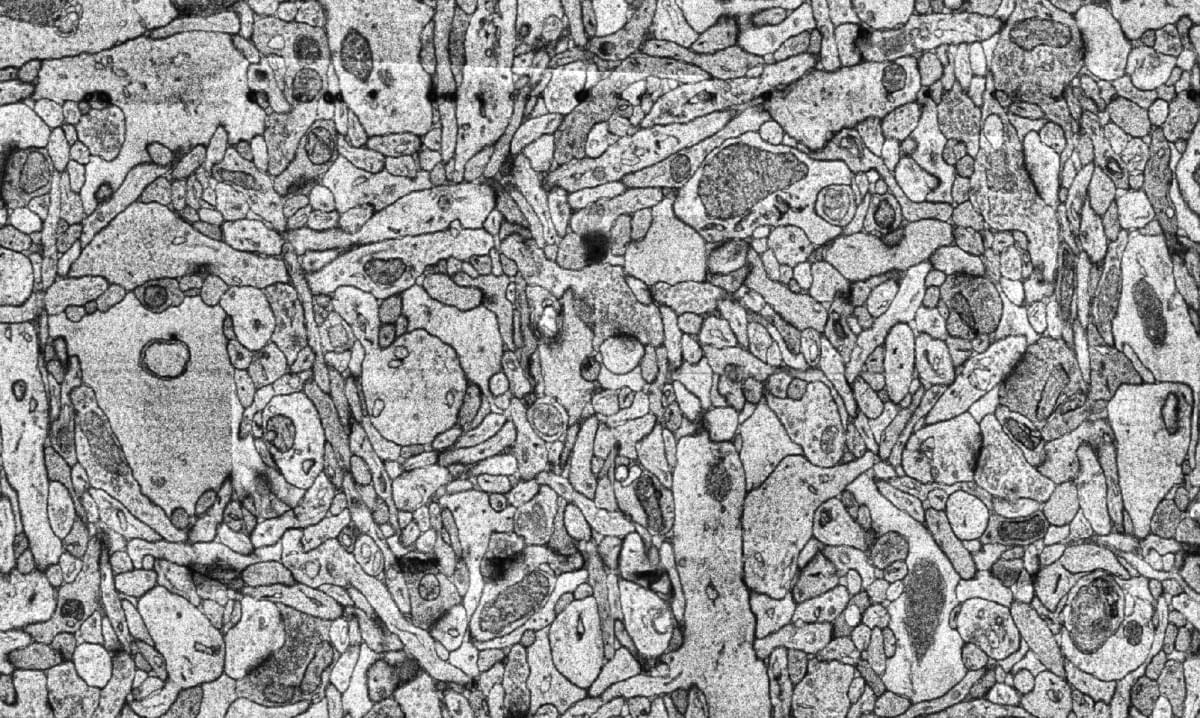
I presented these slides (PDF and images below) during the Workshop on Philosophy and Ethics of Brain Emulation (January 28th-29th, 2025) at the Mimir Center for Long Term Futures Research in Stockholm, Sweden. In my talk, I explored how various biological phenomena beyond standard neuronal electrophysiology may exert noticeable effects on the computations underlying subjective experiences. I emphasized the importance of the large range of timescales that such phenomena operate over (milliseconds to years). If we are to create emulations which think and feel like human beings, we must carefully consider the numerous tunable regulatory mechanisms the brain uses to enhance the complexity of its computational repertoire.

While the trial is limited to members of families with genetic mutations that all but guarantee they will develop Alzheimer’s at a young age, typically in their 30s, 40s or 50s, the researchers expect that the study’s results will inform prevention and treatment efforts for all forms of Alzheimer’s disease.
Called the Primary Prevention Trial, the new study investigates whether remternetug — an investigational antibody being developed by Eli Lilly and Company — can remove plaques of a key Alzheimer’s protein called amyloid beta from the brain or block them from accumulating in the first place. Both genetic and nongenetic forms of Alzheimer’s disease start with amyloid slowly collecting in the brain two decades before memory and thinking problems arise. By clearing out low levels of amyloid beta plaques or preventing them from accumulating during the early, asymptomatic phase of the disease, or both, the researchers hope to interrupt the disease process at the earliest stage and spare people from ever developing symptoms.
“We have seen tremendous progress in the treatment of Alzheimer disease in the past few years,” said Eric McDade, DO, a professor of neurology and the trial’s principal investigator. “Two amyloid-targeting drugs were shown to slow symptoms of the disease and have now been approved by the Food and Drug Administration (FDA) as treatments for people with mild cognitive impairment or mild dementia due to Alzheimer’s disease. This provides strong support for our hypothesis that intervening when amyloid beta plaques are at the very earliest stage, long before symptoms arise, could prevent symptoms from emerging in the first place.”
The trial is part of the Knight Family Dominantly Inherited Alzheimer Network-Trials Unit (Knight Family DIAN-TU), a clinical trials platform designed to find medicines to prevent or treat Alzheimer’s disease. It is closely associated with DIAN, a National Institutes of Health (NIH)-funded international research network led by WashU Medicine that involves research institutes in North America, Australia, Europe, Asia and South America. DIAN follows families with mutations in any of three genes that cause Alzheimer’s at a young age. A child born into such a family has a 50% chance of inheriting such a mutation, and those who do so typically develop signs of dementia near the same age his or her parent did. All the participants in the Primary Prevention Trial come from such families.
“My grandfather passed away from Alzheimer’s, and so did his mother and all but one of his brothers,” said Hannah Richardson, 24, a participant in the Primary Prevention Trial. “My mom and my uncle have been participating in DIAN trials since I was about 10 years old. My mom was always very open about her diagnosis and how it spurred her advocacy for Alzheimer’s research, and I’ve always known I wanted to follow in her footsteps. I am happy to be involved in the Primary Prevention Trial and be involved in research because I know how important it is.”
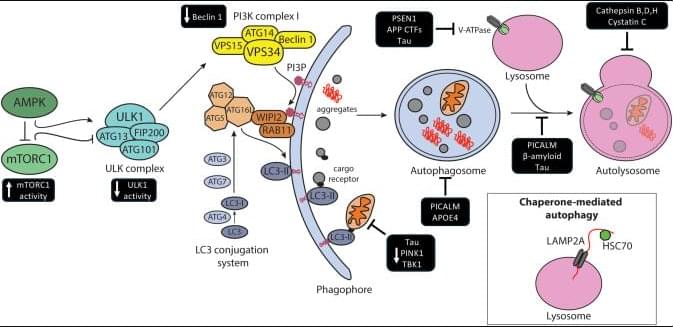
This review discusses the links between the autophagy pathway, aging, and age-associated neurodegeneration in Alzheimer’s, Parkinson’s, motor neuron, and Huntington’s diseases. The authors highlight the functions of autophagy in neurons and glia and how aging and neurodegenerative diseases affect autophagy.
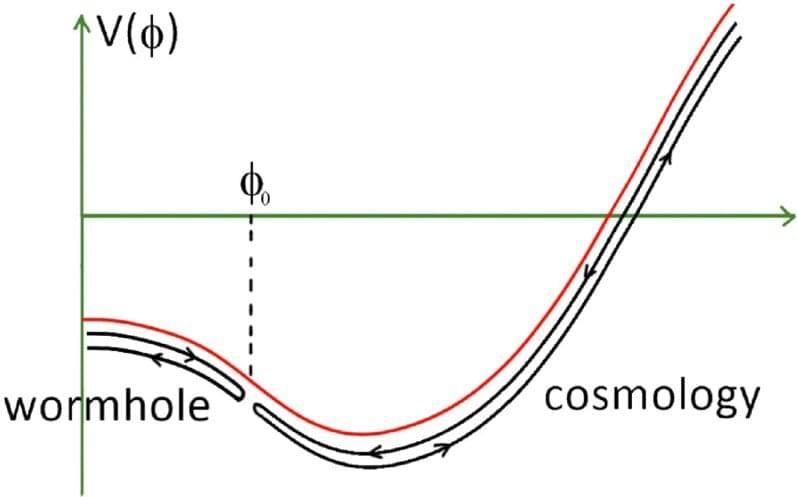
Theoretical physicists have long been trying to devise a complete theory of gravity that would also account for quantum mechanics phenomena, as existing models do not. Such a theory could collectively explain the many intricate physical and cosmological phenomena observed over the past decades.
Researchers at University of Maryland and University of British Columbia recently carried out a theoretical study exploring the possibility that holography, an approach to quantum gravity that includes some features of conventional holograms, could be used to describe quantum mechanical phenomena. Their paper, published in Physical Review Letters, introduces a theoretical argument that could suggests a link between observable cosmological phenomena and the physics that would underpin wormhole spacetimes.
“Coming up with a theory of gravity that includes the physics of quantum mechanics has been a major forefront area in theoretical physics for decades,” Mark Van Raamsdonk, one of the researchers who carried out the study, told Phys.org. “This is necessary to really understand the physics of black holes and the Big Bang, and to make progress towards a fully unified theory of physics.
Nothing else in the animal kingdom packs a punch like the mantis shrimp. This tiny, colorful crustacean delivers a wallop at 23 meters per second – a king-hit delivering a jaw-dropping 1,500 newtons of force to crack open the shells of their prey.
These blows are so powerful that scientists have wondered how the crustacean itself remains intact against the recoil effects.
Now, they’ve uncovered one of its secrets. The dactyl clubs that rain down mantis shrimp pain have a fascinating structure that filters out shocks, protecting the animal behind them.